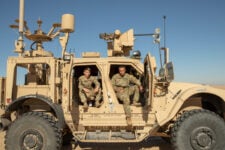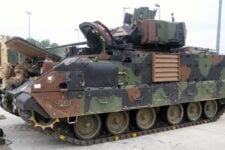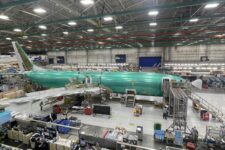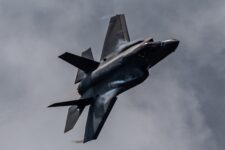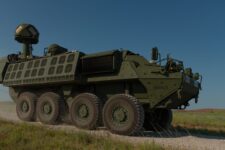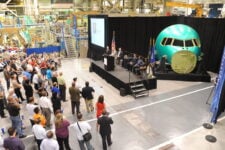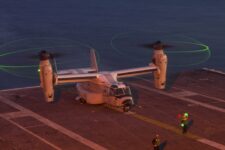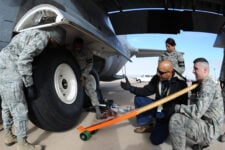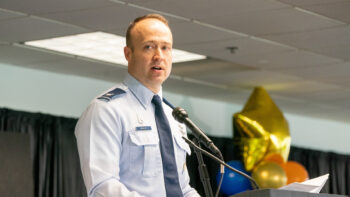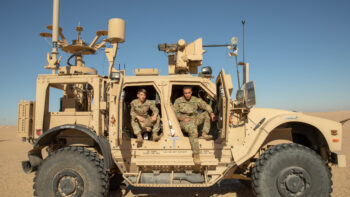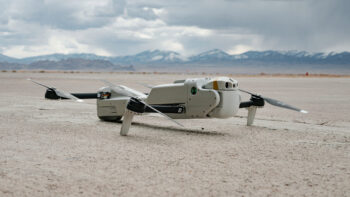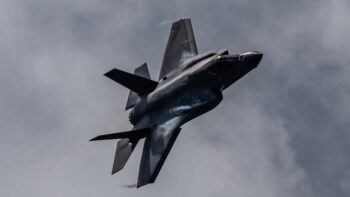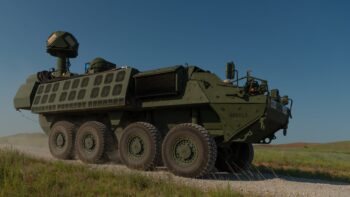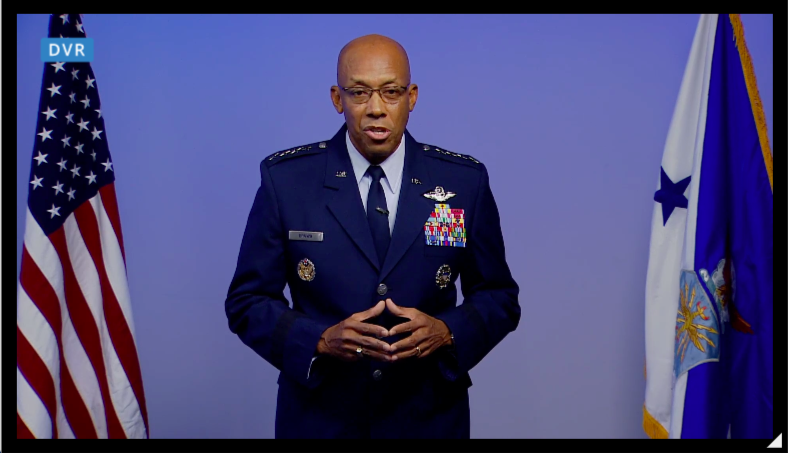 WASHINGTON: Facing pushback from Congress on service plans to divest old aircraft in favor of software-focused modernization programs, Air Force Chief of Staff Gen. CQ Brown says he hopes to win hearts and minds on the Hill via engaging with members and staff early and often.
WASHINGTON: Facing pushback from Congress on service plans to divest old aircraft in favor of software-focused modernization programs, Air Force Chief of Staff Gen. CQ Brown says he hopes to win hearts and minds on the Hill via engaging with members and staff early and often.
“I think we have opportunity [in] how we engage,” he told today’s session of the Air Force Association’s annual winter meeting (virtual, again, this year due to the pandemic). “I could be wrong … I’m sure my predecessors have tried, but I’m pretty open and transparent, and I really want to engage with our members in Congress and their staff much earlier in the process than I think we have in the past.”
Divesting legacy systems to afford modernization is key to Brown’s overarching vision document, “Accelerate Change or Lose” — and, at the same time, his major challenge.
Brown said that he has, in fact, met with various congressional delegations in “three different meetings” over the past week on budget issues, “where I spent a better part of four to five hours with with members and staff.” He explained that his goal is to “help decision making” on the Air Force’s annual budget request by providing in-depth information and “talking about the forks in the road that we have to deal with as an Air Force.”
As Paul reported yesterday, early planning indicates that the Biden administration will hold the 2022 defense budget to last year’s levels — cutting back Trump administration planned increases across the services.
“I can’t go with and convince Congress. I’ve got to make them part of the process,” Brown stressed.
As he has in the past, Brown cited the difficulties the service faces in telling its story due to the high levels of classification for many service programs — true in spades for space programs, as has been emphasized repeatedly by Vice Chairman of the Joint Chiefs of Staff Gen. John Hyten. The Air Force is working on that issue, Brown said, but noted that “we have more we can do that builds the confidence that we have a plan that’s executable, that we can work together [with Congress].”
Brown said he is hopeful that the Air Force effort to develop a new force presentation model (i.e., a model for how people and equipment will be put where to what missions) under the “Accelerate Change or Lose” strategy will improve the service’s ability to track future readiness. And that, in turn, should also go a long way to being able to explain to Congress why modernization is so important right now.
In part, the new model will be based on what DoD calls “dynamic force employment.” It’s a DoD term of art, used by former Defense Secretary Mark Esper, that means that, rather than relying so heavily on pre-positioned forces with predictable patterns of deployment, US commanders will design forces so they can more flexibly deploy them where and when needed and keep adversaries on their toes. It is a key concepts underlying All Domain Operations for future high-speed conflicts with Russia and China.
“I think right now we have a hard time, as an Air Force, articulating our near-term or longer-term [readiness] rates and how it impacts modernization,” he said. The new model will make it “much easier for us to articulate that, and show the impacts.” For example, he elaborated, the model will help make that case that deploying forces earlier in one theater “means are going to leave a hole someplace else.”
Brown said the dynamic force employment model is already showing good results, citing the recent deployments of the Bomber Task Force to Central Command. (The first such mission this year took place in early January.) “So, I see opportunities there to operate just a little bit differently than we operated in the past.”
Brown said he came away heartened from the discussions with Congress last week about the current budget go-round. “I felt like in the three engagements I’ve had this past week, very positive. It may not get to exactly what I want, but it’ll be better than to get nothing that I want,” he said with a laugh.
